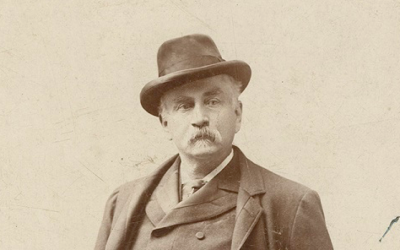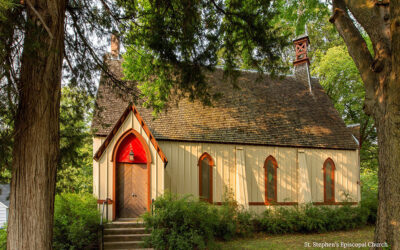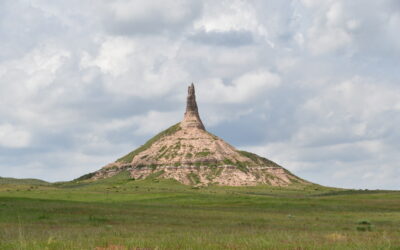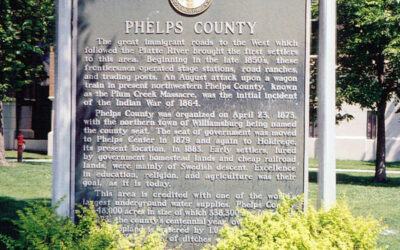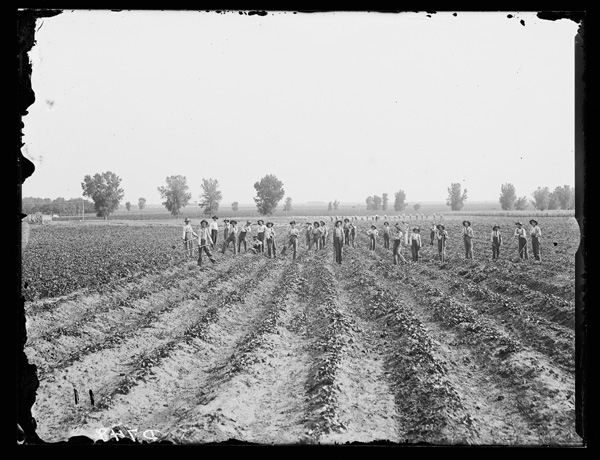
Solomon D. Butcher’s photograph from about 1905 depicted boys working in a sweet potato field at the State Industrial School in Kearney. NSHS RG2608-749 (at left).
With the sole exception of grasshoppers, perhaps the most hated insects to afflict the pioneer farmer were potato bugs. So prevalent were they at one time in Nebraska that one of the state’s early nicknames, the “Bug Eaters,” was said to refer partly to them. According to John A. MacMurphy, secretary of the Nebraska Territorial Pioneers Association, writing in November 1894, an easterner came to Nebraska to visit relatives during the lean years of the 1870s and on his return home, was asked about conditions here. According to MacMurphy’s account, the man responded, “Oh, everything is gone up there. The grasshoppers have eaten the grain up, the potato bugs ate the ‘taters all up, and now the inhabitants are eating the bugs to keep alive.”
Complaints about potato bugs abound in early diaries, letters, reminiscences, and newspaper accounts on file at the Nebraska State Historical Society. Mollie Dorsey Sanford noted in her diary from 1867: “About the only employment we have now [during summer] outside our housework is to help destroy the potato bugs that are eating up the vines.” Royal Buck, an early Red Willow County settler, described his problems with potato bugs in a July 1, 1872, letter to the Nebraska City News. The bug, he said, “gathers upon the vines and strips them of their leaves at a fearful rate. An acre of potatoes is attacked and in one or two days completely ruined.”
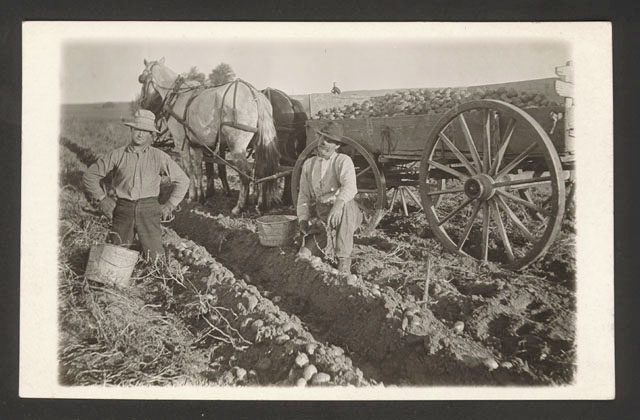
John Nelson’s photograph depicted two men harvesting potatoes about 1907-1917. NSHS RG3542-134-10 (at right).
Some pioneer farmers and gardeners fought back with poison (if available). A favorite poison for the purpose was Paris green, an extremely toxic blue-green chemical. Inventors and agricultural experts tried to find other solutions to the potato bug problem, but handpicking the insects from the vines remained the most effective (and least dangerous) method of control, much to the disgust of children assigned this task in family gardens.
Read about a “sure potato bug exterminator” sold around the country in 1902 in a Timeline column on the Nebraska State Historical Society website. The exterminator turned out to be a hoax, and the potato bug is with us yet.
— Patricia C. Gaster, Assistant Editor / Publications

